“ABB GFD233 3BHE022294R0102 Redundant System Control Module” has been added to your cart. View cart
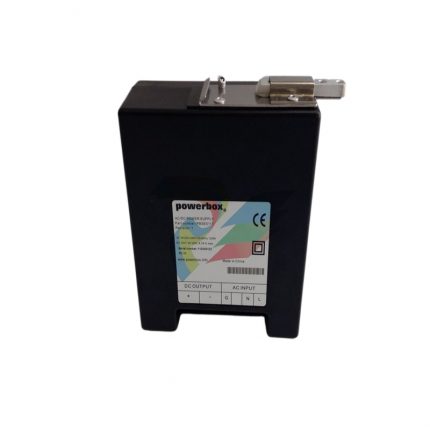
ABB PFSA140RULM1I 3BSE06503R1 drum power supply device
$4,838.00 Original price was: $4,838.00.$4,084.00Current price is: $4,084.00.个

ABB 500BIM01 1MRB150024R0002 Digital Input Module
$3,727.00 Original price was: $3,727.00.$2,646.00Current price is: $2,646.00.个
ABB MVME162-010A Embedded Controller Module
$4,838.00 Original price was: $4,838.00.$4,437.00Current price is: $4,437.00.个
The MC68040 processor equipped in the module integrates integer operation units, floating point operation units (FPUs), and memory management units (MMUs), among which the floating point operation units can efficiently handle complex mathematical operations involved in industrial control, such as PID regulation, data filtering, etc., with an accuracy of IEEE 754 standard. At a frequency of 25MHz, the integer operation speed can reach 20 MIPS (millions of instructions per second), and the floating-point operation speed can reach 10 MFLOPS, which can meet the real-time requirements of multitasking concurrent processing scenarios, ensuring fast response and execution of control instructions.
Category: ABB
Tag: MVME162-010A
Description
ABB MVME162-010A Embedded Controller Module
Basic information of module core
Model identification
MVME162-010A
MVME162 is a series model, 010A is a specific configuration version, indicating differences in core hardware parameters
Core processor
Motorola MC68040 processor
32-bit RISC architecture, optional clock speeds of 25MHz/33MHz, with efficient instruction execution capability
Storage Configuration
RAM: 8MB-32MB (expandable); ROM/Flash:2MB-8MB
RAM supports parity check, while Flash is used to store system firmware and applications, ensuring data security
Power demand
Input voltage:+5V DC ± 5%,+12V DC ± 10%, -12V DC ± 10%
Multi voltage power supply design to meet the different power requirements of core circuits and peripheral interfaces
Overall dimensions
160mm (length) x 100mm (width) x 25mm (height)
Compliant with VMEbus standard board size and compatible with standard VME bus chassis
Key performance characteristics
1. Powerful computing and processing capabilities
The MC68040 processor equipped in the module integrates integer operation units, floating point operation units (FPUs), and memory management units (MMUs), among which the floating point operation units can efficiently handle complex mathematical operations involved in industrial control, such as PID regulation, data filtering, etc., with an accuracy of IEEE 754 standard. At a frequency of 25MHz, the integer operation speed can reach 20 MIPS (millions of instructions per second), and the floating-point operation speed can reach 10 MFLOPS, which can meet the real-time requirements of multitasking concurrent processing scenarios, ensuring fast response and execution of control instructions.
2. Rich interfaces and expansion capabilities
The module has complete interface resources to meet diverse peripheral connection requirements: firstly, it is equipped with a standard VMEbus interface (32-bit data/address line), supporting high-speed communication with other modules in the VME bus system (such as I/O modules, communication modules), with a bus transmission rate of up to 40MB/s; Secondly, it integrates two RS-232 serial interfaces, supports asynchronous communication, and can be connected to HMI touch screens, programmers, or serial devices; The third is to provide a parallel interface (Centronics standard) that can be connected to printers or data acquisition devices; The fourth is to reserve one ISA expansion slot, which supports adding network interfaces, analog I/O and other functions through expansion cards to enhance system flexibility.
3. Industrial grade reliability and stability design
The module adopts industrial grade component selection and reinforcement design, with excellent environmental adaptability and anti-interference ability. In terms of temperature adaptability, the working temperature range is 0 ℃~60 ℃, and the storage temperature range is -40 ℃~85 ℃, which can adapt to fluctuations in high and low temperature environments in industrial sites; In terms of anti-interference performance, it has passed EN 55022 Class A electromagnetic compatibility certification, with ± 1kV electrostatic discharge protection and ± 2kV electrical fast transient pulse group protection capabilities, which can effectively resist electromagnetic interference generated by on-site motors, frequency converters and other equipment. In addition, the module has a built-in power monitoring circuit, which can trigger reset protection when there is abnormal fluctuation in the input voltage, preventing the processor from running abnormally due to unstable voltage.
4. Flexible system and software support
The module supports multiple embedded real-time operating systems (RTOS), such as VxWorks, pSOS+, and ABB customized real-time systems. These systems have core functions such as task scheduling, interrupt management, and resource allocation, which can achieve priority scheduling of multiple tasks and ensure the priority execution of critical control tasks. At the same time, the module supports advanced programming languages such as C, C++, and assembly language development. ABB provides a dedicated software development kit (SDK), including compilers, debuggers, and function libraries. Developers can quickly develop applications that are suitable for industrial scenarios based on the SDK, reducing development difficulty. In addition, the module supports online programming and debugging, and can download, modify, and troubleshoot programs through serial interfaces or VME buses.
5. Comprehensive diagnostic and fault-tolerant functions
To improve the reliability of system operation, the module is equipped with multiple diagnostic and fault-tolerant mechanisms: firstly, the memory diagnostic function monitors the integrity of RAM data in real time through parity check circuits, and triggers interrupts and records fault information in a timely manner when data errors are detected; The second is the bus diagnostic function, which can monitor the communication status of VME bus, identify bus conflicts, communication timeouts and other abnormalities; The third is the watchdog timer. If an application program falls into a dead loop due to a malfunction, the watchdog timer will trigger a module reset within a preset time to restore normal system operation. Fault information can be output through a serial interface, making it easier for operation and maintenance personnel to locate the problem.
Installation and configuration points
1. Mechanical installation
The module needs to be installed in a standard VME bus chassis, using rail positioning and screw fixing methods. During installation, it is necessary to ensure that the module’s VME bus interface is fully aligned and tightly connected to the bus slot on the chassis backplane to avoid bus communication failures caused by poor contact. Good ventilation and heat dissipation should be ensured inside the chassis, and at least 10mm of heat dissipation space should be reserved around the modules. If there are a large number of modules inside the chassis, it is recommended to equip them with a heat dissipation fan to control the temperature inside the chassis below 60 ℃, to prevent high temperature from causing module performance degradation or component damage.
2. Electrical connection
Electrical connections must strictly follow the module pin definition specifications to avoid module damage caused by incorrect connections. Firstly, for power connections, it is necessary to distinguish between+5V,+12V, and -12V power terminals to ensure correct power polarity. It is recommended to connect a 1A fuse in series in the power input circuit to prevent overcurrent damage to the module; The second is serial interface connection. The RS-232 interface needs to be connected to external devices through a cross line to ensure that the TX/RX pins correspond, and the communication parameters (baud rate, data bits, stop bits, parity bits) need to match the external devices; The third is the VME bus connection, which does not require separate wiring and enables the transmission of bus signals through the insertion and removal of modules and chassis backboards.
3. System configuration and debugging
The configuration and debugging of the module need to be completed through a dedicated programming device: first, connect the programmer to the module through the RS-232 interface, turn on the module power, and start the programming software (such as ABB MVME Development Studio); Secondly, select the module model “MVME162-010A” in the software and configure hardware parameters such as processor clock speed and memory capacity; Then, download the real-time operating system kernel and application programs to the module’s Flash memory; Finally, through the online debugging function of the software, the running status, task execution, and interface communication data of the monitoring module can be monitored. If any abnormalities are found, the program or parameters can be modified in real time.
Application scenarios and precautions
1. Typical application scenarios
-Industrial automation control: As the core control unit of PLC, it is used for logical control, motion control, and process control of production lines, such as line rhythm control, robot action coordination, etc.
-Energy monitoring and control: applied to substation monitoring in power systems and power regulation systems in new energy power stations, to achieve data collection and control command issuance.
-Aerospace testing: a ground testing system for aviation equipment, responsible for real-time processing of test data and control of testing processes.
-Medical equipment control: As the main control unit in high-end medical equipment (such as diagnostic instruments and treatment equipment), it achieves precise control and data processing of equipment operating parameters.
2. Precautions for use
Before connecting the module power supply, it is necessary to confirm the power supply voltage and polarity again. It is strictly prohibited to plug or unplug the module or connect wires without disconnecting the power supply to avoid arc damage to the interface circuit.
2. Avoid using modules in environments with high dust, humidity, corrosive gases, or severe vibrations. If the on-site environment is harsh, the chassis should be equipped with dust-proof, moisture-proof, and shockproof enclosures.
3. The flash memory of the module has a limited number of erasures (usually over 100000 times). To avoid frequent program downloads, it is recommended to solidify commonly used programs and reduce erase operations.
4. When repairing modules, specialized tools must be used. It is prohibited to replace non original components without authorization to avoid affecting the performance and reliability of the module. After repair, a comprehensive functional test must be conducted.
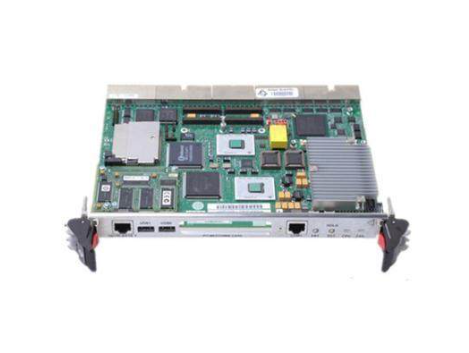
Additional information
| Weight | 4.37 lbs |
|---|---|
| Dimensions | 745 × 477 × 366 in |
Reviews (0)
Be the first to review “ABB MVME162-010A Embedded Controller Module” Cancel reply
Shipping and Delivery


MAECENAS IACULIS
Vestibulum curae torquent diam diam commodo parturient penatibus nunc dui adipiscing convallis bulum parturient suspendisse parturient a.Parturient in parturient scelerisque nibh lectus quam a natoque adipiscing a vestibulum hendrerit et pharetra fames nunc natoque dui.
ADIPISCING CONVALLIS BULUM
- Vestibulum penatibus nunc dui adipiscing convallis bulum parturient suspendisse.
- Abitur parturient praesent lectus quam a natoque adipiscing a vestibulum hendre.
- Diam parturient dictumst parturient scelerisque nibh lectus.
Scelerisque adipiscing bibendum sem vestibulum et in a a a purus lectus faucibus lobortis tincidunt purus lectus nisl class eros.Condimentum a et ullamcorper dictumst mus et tristique elementum nam inceptos hac parturient scelerisque vestibulum amet elit ut volutpat.



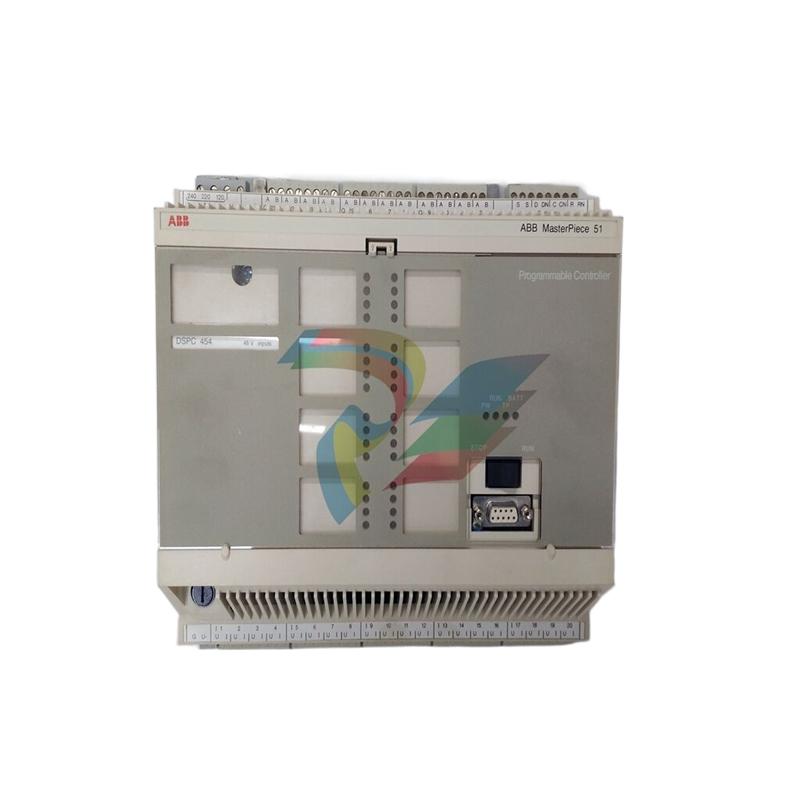
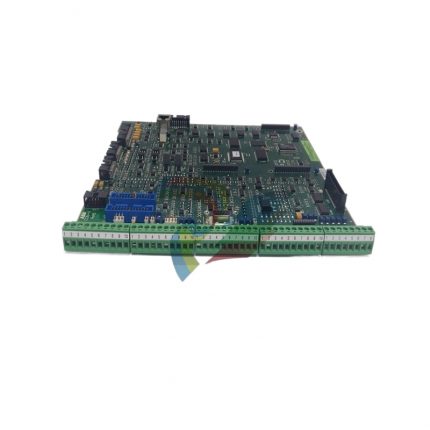

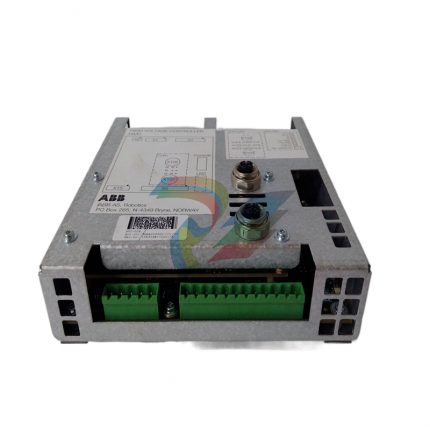

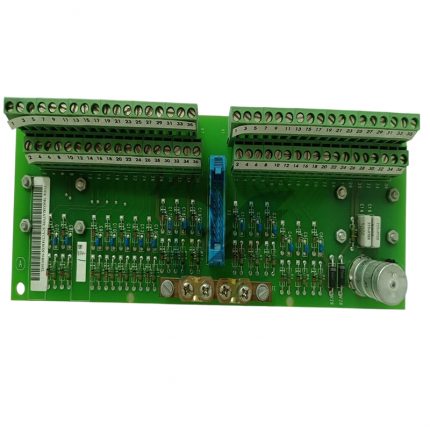

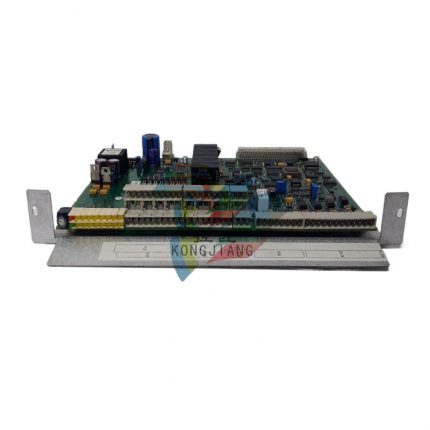
Reviews
There are no reviews yet.